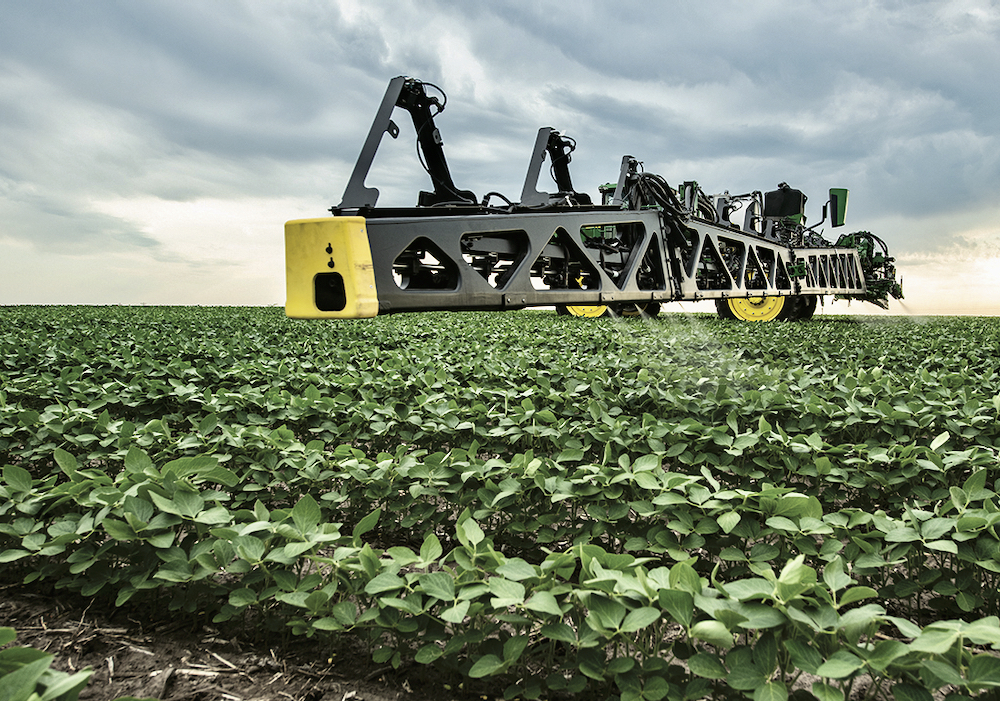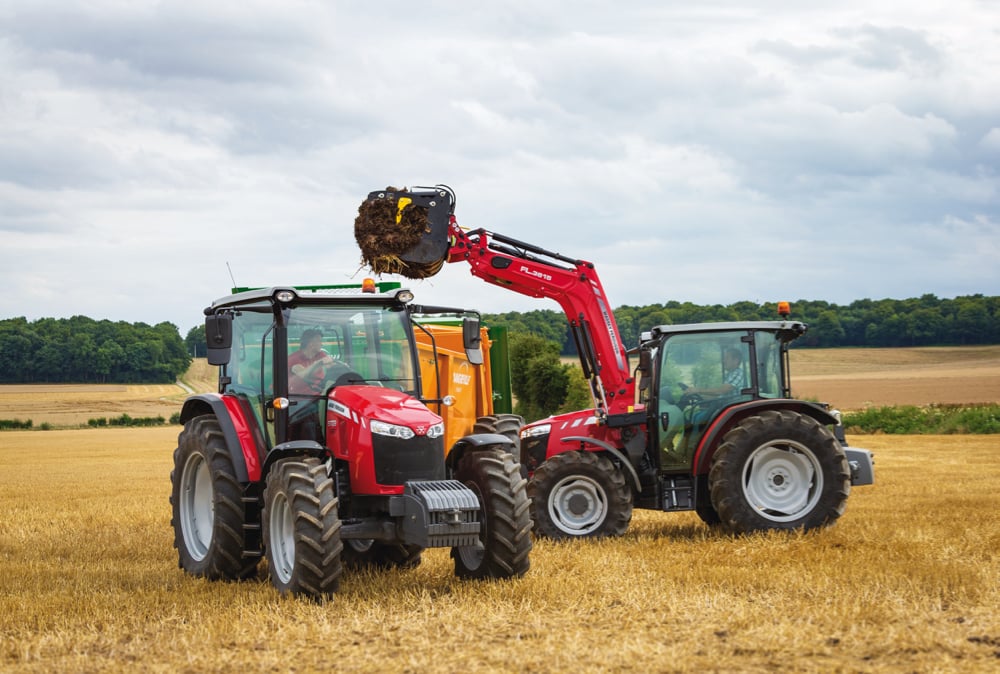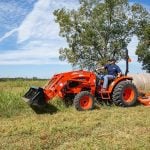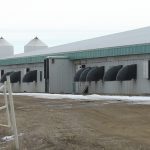Fuel costs are a benchmark of farm efficiency. Important on their own, they are also a gauge of how well we’re managing all the details, including everything from how much time we’re investing per acre of crop to how well we’re picking the right technology for our farms. So when you’re shopping for machinery, the easiest thing should be to compare fuel efficiency. Or so you’d think.
This month in Machinery Guide we look at tractor fuel efficiency. Each manufacturer has a different strategy. They also have different engine systems combined with different transmissions and other features which affect the efficient use of fuel in tractors. And that’s just the beginning.
Read Also

Farm machinery scores big in 2022
When I spent a summer working as a mechanic’s helper at an Allis Chalmers dealership in 1978 as one of…
Balancing emissions with fuel efficiency is a constant challenge. A straight pipe off the manifold is likely best for fuel efficiency, but with Tier III and interim Tier IV EPA emission standards here or on deck, working with that is a constant. Each manufacturer has a unique path to getting there.
With so many factors involved, the task of assessing and comparing fuel efficiency can be daunting for individual farmers. A common benchmark used within the tractor industry is the tractor fuel efficiency test done at Nebraska Tractor Test Laboratory at the University of Nebraska. For over 80 years, Nebraska has required every tractor model sold in the state to be tested there.
Testing has changed considerably over the years. It is also becoming more integrated with international standards. The Nebraska test facility is now affiliated with the Organization for Economic Cooperation and Development, which has its own testing facilities and standards.
Tractors are put through a battery of stationary and dynamic tests. Fuel evaluations take into consideration engine displacement and load under different conditions. “Fuel efficiency” is measured by horsepower hour per gallon (hp. hr/gal). This is the horsepower produced by a gallon of fuel burned in one hour. The higher the number, the more fuel efficient the tractor.
Tractor manufacturers watch these tests closely and promote their good results. Fortunately, the Nebraska results are easier than ever to access so you can make your own comparisons. Just go to













